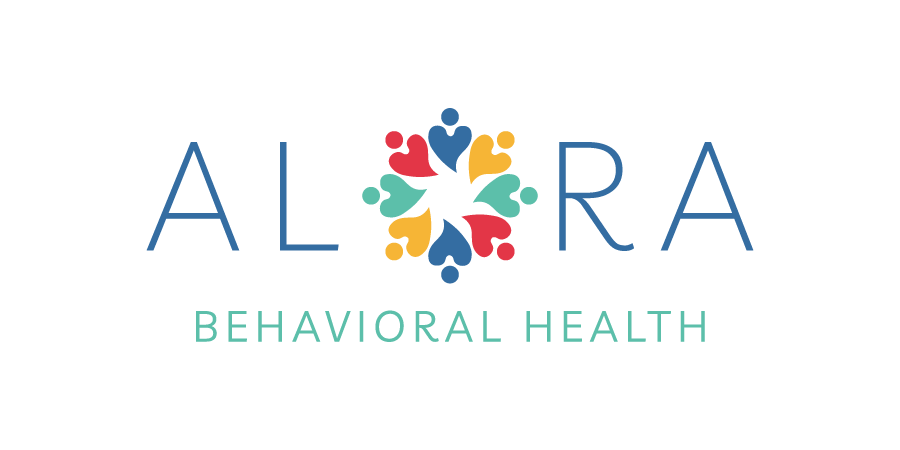By: Dr. Yannick Espinoza, Psy.D., BCBA, LBA
Potty training is a self-help skill frequently addressed during ABA therapy. It involves teaching multiple component skills that can be tough for neurodiverse children with autism to learn. In most cases, about 98% of children in the US learn to use the restroom by age 3, however, this is usually not the case for children with autism. As such, supporting parents with the toilet training is an important part of the ABA therapy process. Nonetheless, it is frequently necessary to involve pediatricians, to rule out any potential underlying medical/physical conditions that may be making toilet training challenging. Once medical barriers are evaluated and ruled out, ABA providers can then work with parents and their children to teach the toileting skills.
Developing an effective potty training procedure is a complex process and should be generally completed as part of a functional behavior assessment process and under the supervision of a Board-Certified Behavior Analyst (BCBA) or another duly trained professional.
As noted previously, consulting a primary care pediatrician or specialist is typical to determine medical/physical barriers that may need to be treated or considered before implementing the toilet training process. Children with autism are each unique so there is no cookie cutter approach to conduct the toilet training process. However, some general helpful questions and tips include the following:
- Medical Barriers:
Ask yourself, are there any medical or physical conditions that can be making toilet training difficult? If so, speak to your child’s pediatrician. They will help evaluate medical/physical conditions and help clear the way for behavioral intervention.
- Body indicators:
Does your child show awareness that they need to go to the restroom? When accidents occur, does your child show awareness that they have had an accident?
- Communication:
Does your child have a way to communication or understand the communication being presented to cue him/her to use the restroom?
- Avoidance Factors:
Are there any indicators that the restroom brings about fear in your child? Perhaps your child cries when hearing the flushing sound from the toilet? If so, this needs to be taken into consideration and a behavior analyst may help put together a treatment plan to help overcome this fear.
- Sitting:
Is your child able to sit for any amount of time? Practicing sitting on the toilet and gradually increasing the sitting duration may be necessary. Even inch-by-inch improvements in this area can lead to success.
- Cues:
Are there effective cues in place to encourage restroom use? Encouraging the use of the restroom throughout the day in intervals is helpful. Noting times of day when accidents are more likely, may help identify a window, when toilet training may be most successful. This can then be used to help improve the routine as well.
- Consistency:
Are you being as consistent as possible? Of course, life is inconsistent, but practice, practice, practice makes for a better outcome. So, keep up with the toilet training routine as much as possible. When you can’t don’t beat yourself up, acknowledge you did your best and try again the next day. The more you practice this, the better it will get.
- Visuals:
Visuals can help support the routine. These can be picture icons that represent a routine at a particular time of day or in a sequence. You can take pictures of items and use them to represent a task or activity. For example, take a picture of the toilet, and this can signal, “potty time”. Creating a semi-structured routine and associating the visuals to each activity can help enhance predictability of the day’s events and increase cooperation.
- Rewards:
Be sure to immediately reward your child when successful with toilet training. Be sure that the items you use as rewards are high in value but not readily available. These items should be used to reward toilet training successes as soon as possible after they are observed. This will make the toilet training process more rewarding and increase the likelihood of your child using the restroom again in the future.
Again, the tips outlined above are general tips; however, the toilet training process works best when it is properly assessed and when implemented and monitored by licensed and certified trained ABA professionals. HCA offers services to help with this process.


